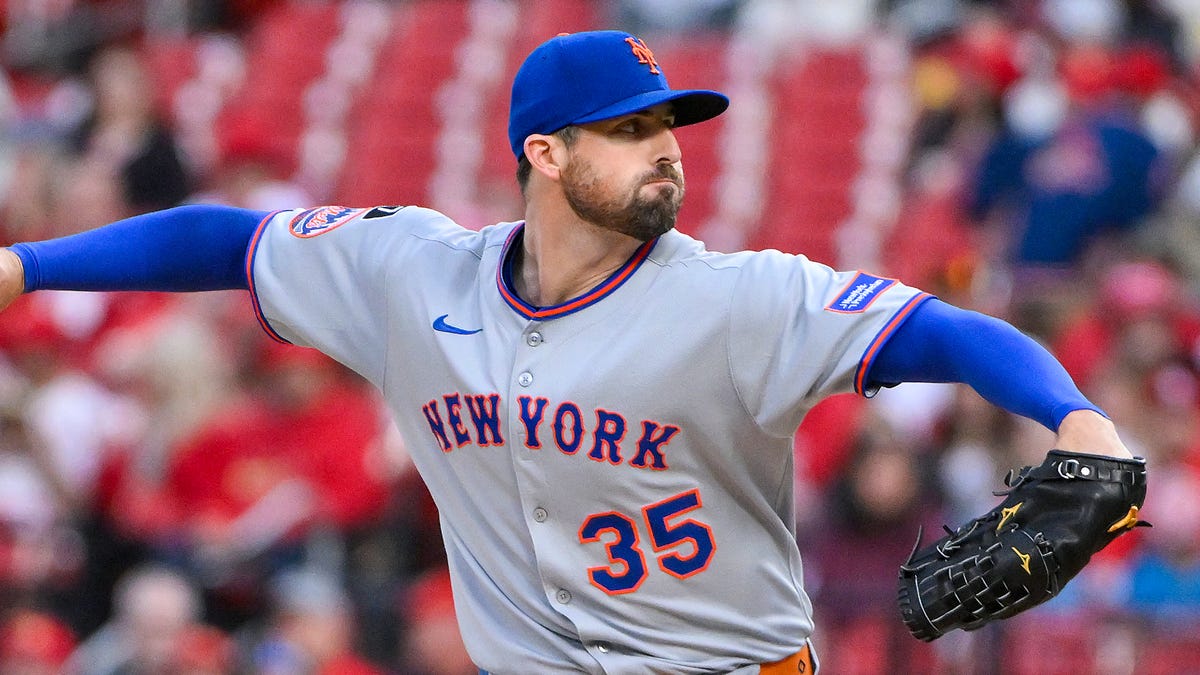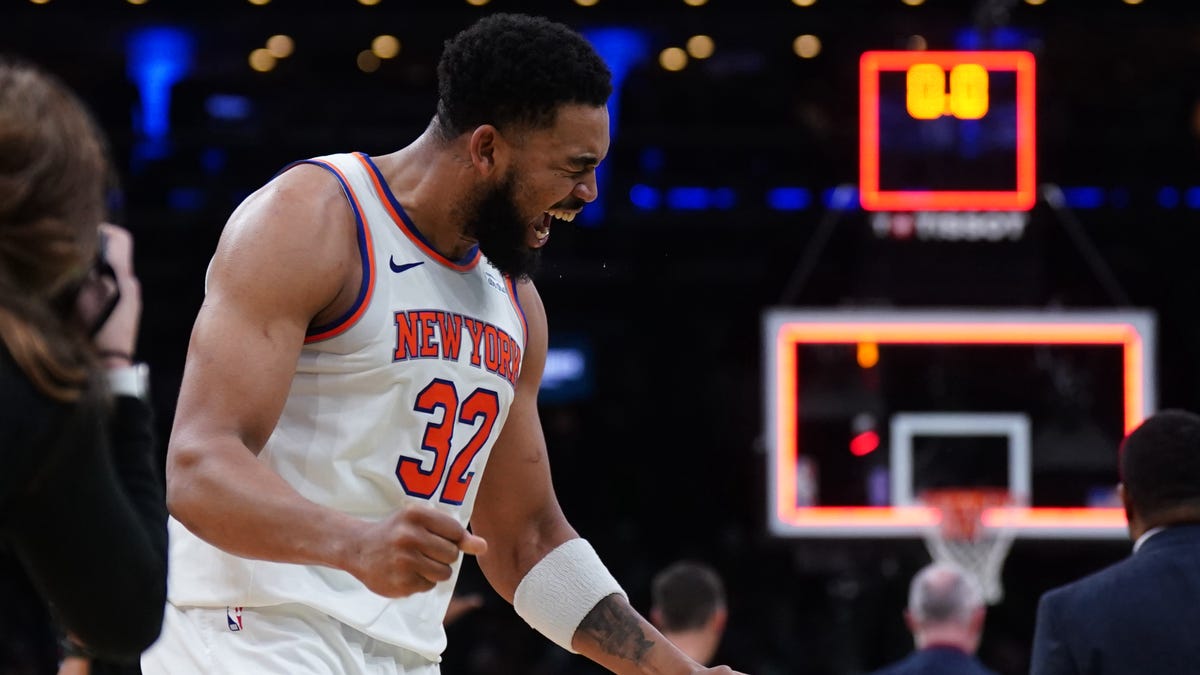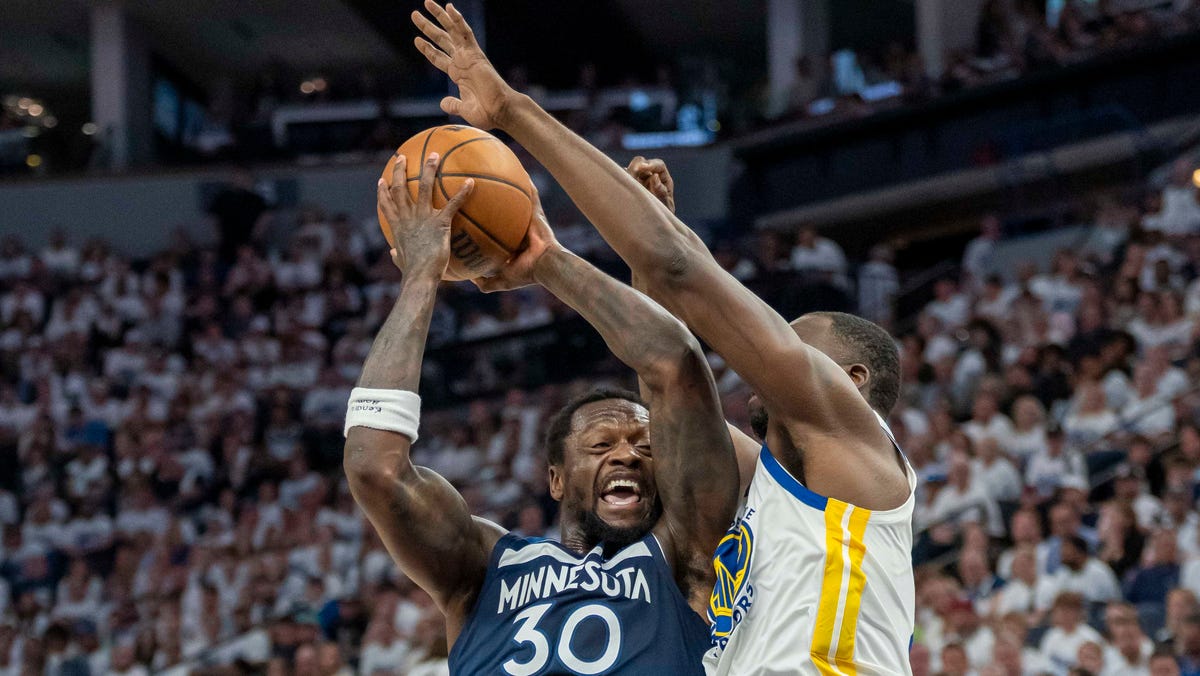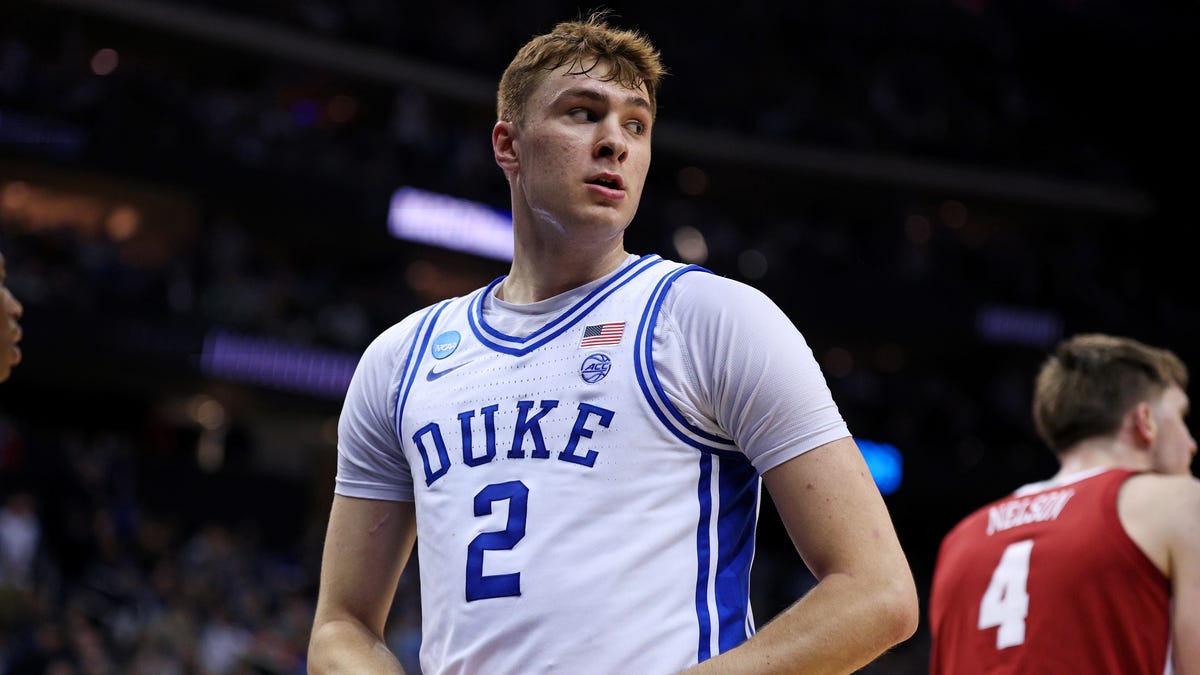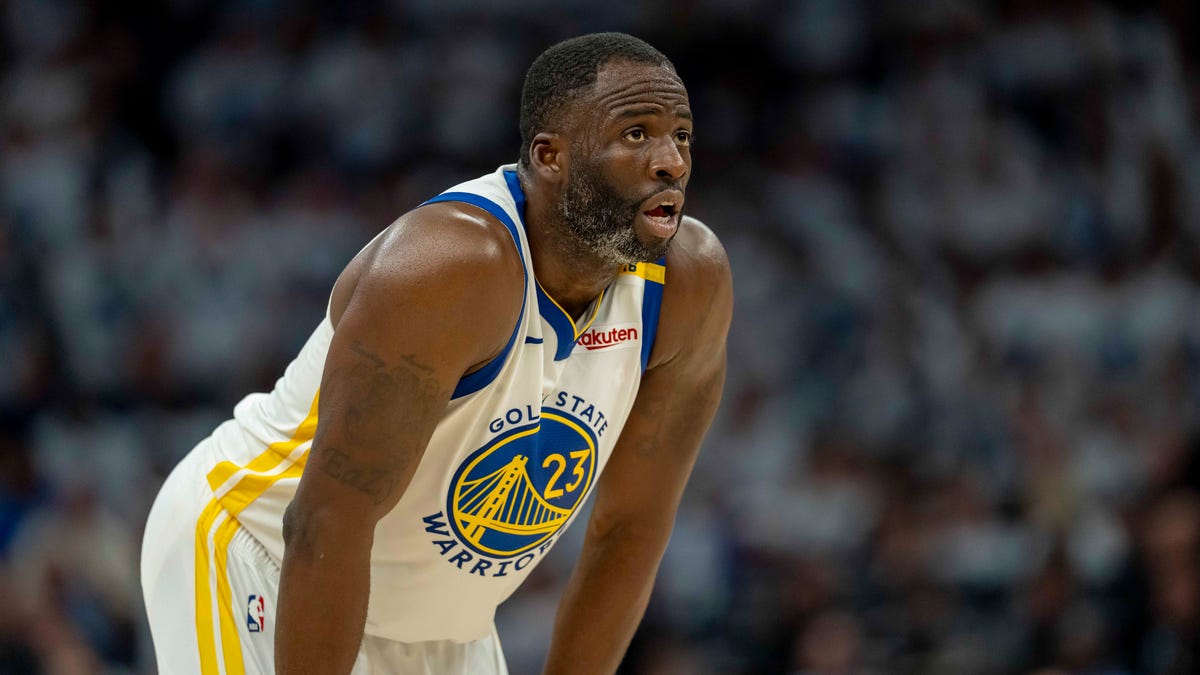All-Star Clay Holmes bet on himself, leaving the bullpen in the Bronx for a rotation spot in Queens.
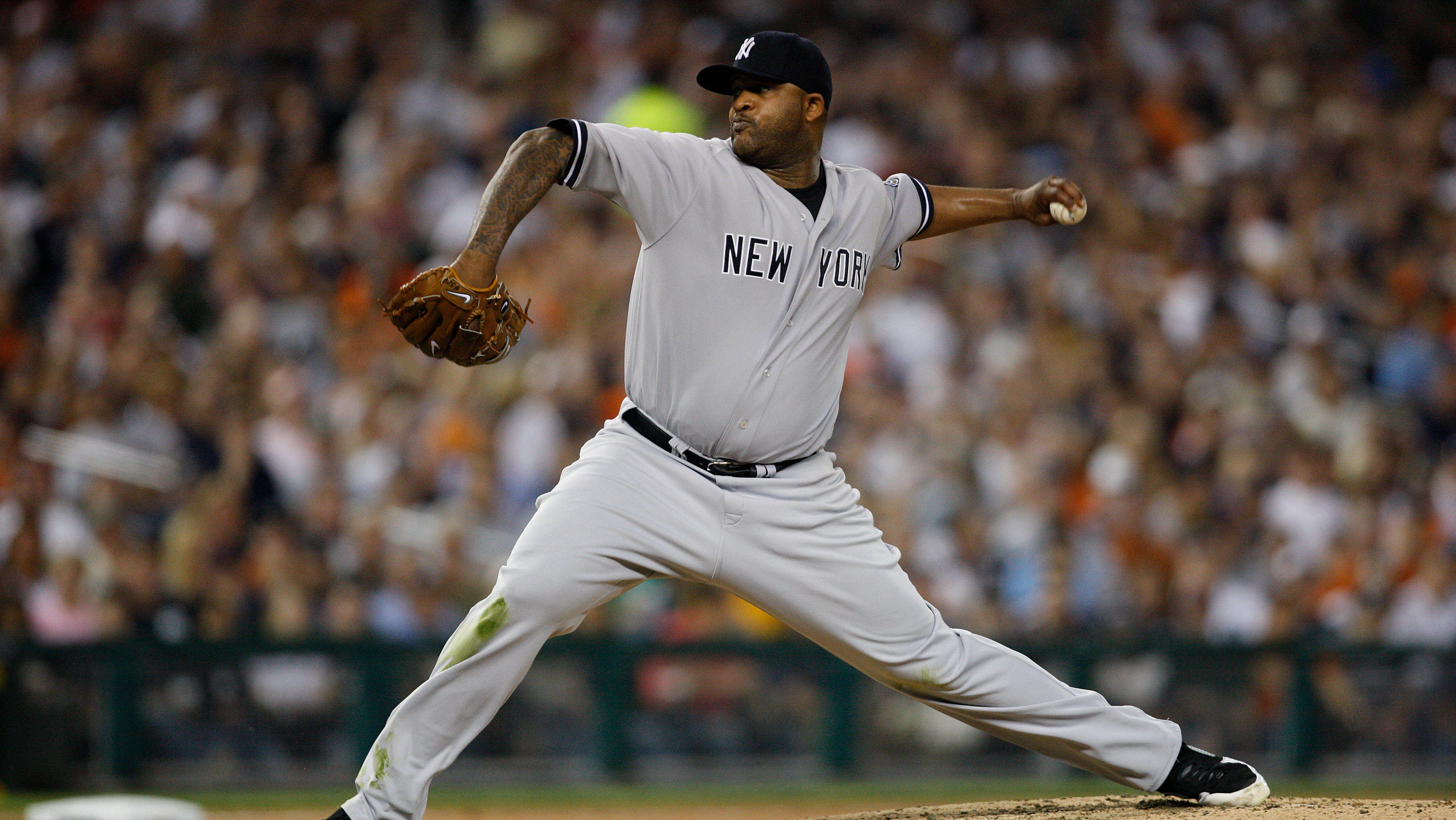
CC Sabathia on entering the Hall of Fame and wearing a Yankees cap on his plaque
CC Sabathia will be enshrined into the Hall of Fame this July and tells USA TODAY Sports why his plaque will feature him wearing a Yankees cap.
Sports Seriously
PHOENIX — Clay Holmes was initially stunned, then numb and eventually, well, rather intrigued.
Here he was, a two-time All-Star closer with 307 career appearances in the bullpen, never pitching more than 70 innings in any of his eight seasons, and suddenly he’s being asked to make a dramatic career change.
He had one, then two, then three teams calling him this winter to inquire whether if he was interested in giving up his role as a reliever, and be converted into a starter.
Meanwhile, three other teams called and made him offers to remain as a closer or late-inning reliever.
Holmes, a free agent for the first time, not only had to decide where he wanted to play – but what he wanted to do.
He could continue closing and accept one of the offers guaranteeing him more than $40 million.
Or he could gamble, earn a bit less money as a starting pitcher and take on a role he had since his rookie season in 2018.
Holmes, 32, bet on himself.
He signed a three-year, $38 million contract with the New York Mets, believing he could potentially go where no pitcher has gone since Hall of Famer John Smoltz.
Holmes, who grew up in Georgia as a huge fan of the Atlanta legend, could become the only active player to be an All-Star as both a reliever and starting pitcher.
Holmes, who starts Friday in a first-place matchup against the Chicago Cubs at Citi Field in New York, is putting himself in the All-Star conversation with a 4-1 record and 2.95 ERA. He not only has been one of baseball’s biggest surprises, but also invaluable to the Mets this season, who have been without veteran starters Frankie Montas and Sean Manaea.
“I definitely went into the offseason not expecting to be a starter,” Holmes told USA TODAY Sports. “I mean, it wasn’t like the World Series ended and I went out seeking to be a starter. It was nothing I thought about.
“Then a couple of weeks later, my agent came to me and said there’s a couple of teams that are throwing out the idea, and were gauging my interest. I started thinking about it, and said, ‘Hey, why not? Let’s see what’s out there.’ “
‘Sense of desire from the Mets’
The Mets weren’t the first team to express interest in Holmes as a starter, said B.B. Abbott, Holmes’ agent, but they were the most convincing. They showed how their analytical studies proved it will work. Holmes was also familiar with manager Carlos Mendoza and assistant pitching coach Desi Druschel, his former Yankee coaches. And he loves playing in New York.
“They did a good job laying it all out for him,” Abbott said. “They saw his pitches. They had the analytic guys talk to him. Ultimately, it down to the familiarity of the staff, the way they were going to utilize him, the comfort of New York, and being on a winning team.”
The Yankees, who helped develop Holmes into one of the game’s top closers, never once did brought up the idea of Holmes becoming a starter. They were lightly engaged in talks with him in the offseason about a possible return, but strictly as a reliever.
“I mean, there were jokes about it last year,” Holmes said, “but that was it. I started throwing a change-up in bullpen sessions, and before you knew it, I was throwing five [different] pitches down there. There would be jokes about it, like ‘man, you should be starting with all of these pitches,’ but it was nothing more than a joke.
“But when the idea came up in the offseason, it really got my the wheel turning, like, I know I can do this. I can expand my arsenal.”
Abbott knew that Holmes was taking the idea seriously and by the time it was ready to make a decision, Holmes was informed he could make more money remaining as a closer, but the challenge burned inside him.
“Clay has always been very analytical, very intelligent, and he grasps the analytic side of pitching,” Abbott said. “He always talked about stuff he was working on. So, it didn’t surprise me, honestly. What surprised me was how many teams were along for the ride. Some teams weren’t even interested in signing him but were asking questions, ‘Hey, did you ever think about starting?’
“Well, he had some curiosities in the back of his mind, but it sure wasn’t anything we discussed. He’s just a guy who loves to be intellectually and physically challenged.”
The Mets ultimately proposed that challenge, and Holmes was ready to embrace it, intrigued by Mets president David Stearns and the coaching staff’s plans for him.
“I felt like there was a real sense of desire from the Mets,” Holmes said. “Stearns asked me a lot of questions, and there was a real belief that I could not only be just a starter, but a really good starting pitcher. I think that goes a long way, and obviously just a desire to win and what they’re trying to build here with the Mets.
“They really just drew me in, and it felt right.”
‘He had the weapons’
Still, despite all of the analytics and belief by the Mets that it could be possible, Holmes’ conversion was a surprise move for a team vying to win its first World Series title since 1986.
“I remember when we first signed him,” Mets reliever Ryne Stanek said, “and I was like, ‘Oh, that’s cool. That’s a good deal. He’s going to really help our bullpen.’ But then when I heard he was going into the rotation, I sure didn’t see that coming.
“And when I saw him in spring training, I thought, ‘You know, if there’s someone that can do it, it’s him. He’s just such a good pitcher, and he’s been in those tight ballgames in big environments. If things get a little hairy, he can go out and do it.”
Said Mets All-Star right fielder Juan Soto, who played for the Yankees last season: “I never thought about him being a starter. Never. I mean, I knew he worked hard every day, but to go from throwing one inning to being a starter, that’s tough. What he’s doing now is so impressive.”
Seven starts into the season and Holmes now has everyone in New York believing in him, hoping it can last all season. He has pitched 36 ⅔ innings, already just 27 ⅓ innings shy of last year’s entire total.
“Physically, he’s a big boy (6-foot-5, 245 pounds), so if someone can manage that workload and make that transition, it would be him,” Mendoza said. “My biggest question making that transition was what his third and fourth pitches would be, because in my years with the Yankees, it was sinker/slider. He was very tough on righties, so I knew as a starter, teams were going to load up with the lefties.
“Well, what we’ve seen is that with teams loading up lefties against him, the changeup is not just a pitch, it’s a weapon.”
Said Druschel: “All of his pitches are above average, but that changeup has been devastating.”
Holmes, who had not thrown a single changeup in a game since 2019 with the Pirates, has already thrown 98 this season, accounting for 16% of his pitches. Hitters have been virtually helpless, batting just .182 with only one extra-base hit and a 38.% swing-and-miss rate. He now has had a six-pitch mix with his sinker (35%), changeup (16%), sweeper (16%), slider (13%), cutter (11.9%) and 4-seam fastball (8.9%).
“There was really not a need for the changeup before,” Druschel said, “but with the transition, we needed more depth in his repertoire to go multiple times through the order. Then, he’s in tune and adept with the analytics and understanding the numbers. You know, ‘I need this for this purpose with lefties or righties or whatnot. I need to fill these gaps,’ and that’s basically what he’s done.
“I was pretty sure that he had the weapons, and I was really confident that he would be able to do this because he’s so smart. He knew he had to train differently to be a starter than a reliever.’’
Holmes spent the winter in Georgia working on his conditioning, improving his cardiovascular activity, and began throwing earlier than in the past. Holmes has never thrown this much by early May since 2018, but he insists he feels fresh.
The $38 million question now is whether he can sustain this workload for an entire season.
It was just a year ago when Jordan Hicks was converted from a reliever to a starter with the San Francisco Giants. Everything went smooth for the first 11 starts when he was 4-1 with a 2.33 ERA, but he was out of the starting rotation two months later. He never won another game, finishing with a 6.10 ERA the final four months, yielding a .321 batting average and .920 OPS.
The Mets are carefully monitoring Holmes. They have used a six-man rotation, and with a scheduled day off each week during May, will be able to give all of their starters an extra day between starts. Holmes, who has not gone longer than six innings or thrown more than 92 pitches in his seven starts, has pitched just once since April 26.
“You train the body to accept the demands that you’re asking of it, which he has, I see no reason why you can’t push that innings limit up to any normal starter,” Druschel said.
Besides, if he needs a role model, he has to look no further than former teammate Michael King of the San Diego Padres. They were in the Yankee bullpen together when King was traded to the Padres in the Soto trade. King became a full-time starter with the Padres, increased his workload from 104 ⅔ innings in 2023 to 185 ⅔ across the regular season and postseason last season, and felt as strong in October as April.
“I mean you can look at some of the older guys,” Holmes said. “They would go from being a reliever to a starter, and go from 65 innings to 200 innings, four years in a row, and have no problems. So, we’ll see. If we need to recalibrate, we can.”
For now, well, the biggest adjustment may be his souvenir baseball collection. He saved the baseball from each of his 74 career saves with the Yankees, but now that he’s a starter, well, the cupboard remains bare.
“Well, maybe when I get that first complete game,” he said, laughing. “Right now, I’m more focused on making the adjustment in my routine.”
‘Journey’ going perfect so far
When Holmes was with the Yankees, he showed up at the ballpark knowing he could be appearing in any game. Now that he’s a starter, he’s five days’ notice.
“As a reliever, there’s a there’s just a certain energy the way you kind of go about things,” Holmes said. “It’s like your whole day is just building to a moment. You become accustomed to that. It’s a thing you really enjoy, kind of a thrilling experience.
“As a starter, it’s just very different, you spend the week preparing for that moment. Even though I’m not impacting the game every day, which I miss, just the starter routine and be able to make a huge impact on that one game is something I enjoy more than I thought. Instead of having that quick adrenaline rush, you have a slow buildup.
“So far, this journey has been great, and this thing honestly has worked out perfectly so far.”
Certainly, Holmes’ transition has drawn the attention of pitchers around baseball.
“For him to do this is pretty impressive,” said Arizona Diamondbacks veteran Shelby Miller, who spent the first seven years of his career as a starter and the past four as a reliever. “You see a lot of starters go into the bullpen later in their careers, but pretty rare to go as a reliever to a starter. It’s really special to see him do this.”
If Holmes continues his success, he could be helping open the door for teams to experiment with their own relievers, knowing that a pitcher who can make 30 starts a year is more valuable than someone pitching 60 to 70 innings out of the pen. Look at Seth Lugo. He was a reliever for most of his time with the Mets, signed with the Padres and became a full-time starter and last year finished second in the AL Cy Young race by going 16-9 with a 3.00 for the Kansas City Royals.
“There’s a lot of relievers in the big leagues who were starters at some point,” Holmes said, “so there might be some desire there. I think as the game grows, and the ability to have the different pitch designs, you might see more guys doing it now. Teams are looking for value, and if they see guys in the pen that they might be able to move into the starting rotation, they’re going to be open to doing that.
“We’ll see where it all goes.
“But I can definitely see a trend happening, and it feels good to be a part of it.”
Follow Nightengale on X: @Bnightengale
The USA TODAY app gets you to the heart of the news — fast. Download for award-winning coverage, crosswords, audio storytelling, the eNewspaper and more.






